Undoubtedly, sidewalk chalk is a ton of fun for your kiddos, especially during summer (hopscotch! drawings! all those colors!).
But like anything that you purchase, whether it’s personal care or cleaning products, buying chalk should come with a dose of knowledge before giving it to your kids, since not all chalk contains non-toxic ingredients.
Read on to learn more about sidewalk chalk, along with a list of my favorite clean chalk options for littles.
Non-Toxic Sidewalk Chalk in a Nutshell:
- For the most part, sidewalk chalk is non-toxic (but it’s still not meant to be eaten!).
- Since the CPSIA updates in 2008 and 2011, children’s sidewalk chalk is legally required to have very low levels of lead (no higher than 100pm), leaving the main concern being about additives such synthetic dyes and sometimes plasticizers.
- Non-toxic sidewalk chalk is also eco-friendly chalk, as leaving out harmful additives is not only safer for kids but safer for the planet.
- While most store bought brands will be safe, I’ve dug up 3 eco-friendly and non-toxic alternatives using the most natural ingredients. Check them out.
Table of Contents
This guide contains affiliate links, which means we may earn a commission if you decide to make a purchase. As always, we only make recommendations that are genuine.
Is Chalk Toxic?
The short answer? Sidewalk chalk is usually non-toxic.
Generally speaking, chalk only becomes potentially problematic if:
- it’s combined with additives like certain synthetic dyes
- it’s consumed by mouth in large amounts,
- fertilizers or plasticizers are added
- it’s contaminated with lead (more on that in a minute)
- or if the chalk is inhaled frequently over time (something that could trigger respiratory problems to those with allergies, as proven through a 2011 study).
Typically made up of calcium sulfate (otherwise known as gypsum), sidewalk chalk itself is considered by experts to be non-toxic in small amounts.
(And if you’ve ever wondered if there’s a difference between sidewalk chalk and blackboard chalk, there is! Whereas sidewalk chalk is usually made of calcium sulfate, which is softer and more powdery, blackboard chalk is usually made of calcium carbonate, which is a form of limestone and is harder.)
Sidewalk Chalk and Lead Contamination
In at least one known instance in 2003, a kids’ sidewalk chalk sold at Target and Toys “R” Us was recalled for high levels of lead.
This may be very concerning for parents, since lead exposure in children can cause brain and nervous system damage, delayed development, and more.
However, in 2008, the Consumer Product Safety Improvement Act (CPSIA) put more regulations on children’s products, including lowering the amount of lead allowed. The limits were then lowered several times again over the next few years.
Because of this, sidewalk chalk that’s manufactured by major brands is not very likely to contain lead.
If your kids are in the driveway creating chalk drawings, they can do this to their hearts’ content, as long as the chalk isn’t consumed in large amounts. If that happens, according to state poison centers, it can cause stomach irritation and vomiting. The bigger concern is that chalk can be a choking hazard for little ones.
As the Missouri Poison Center says, if you spot your child eating chalk, calmly take the chalk away, wipe out their mouth with a damp cloth, and give them water to sip.
Even though it’s mostly harmless, it’s still not a great idea to nosh on chalk. It can cause a number of stomach issues, and over time, could even damage organs. It’s simply not meant for eating.
Toxic Ingredients in Chalk
Although lead is unlikely to show up in sidewalk chalk these days (especially if it’s manufactured in the USA), there’s still one other ingredient parents may want to be aware of: artificial colors.
In 2021, UC Berkeley and UC Davis confirmed that consuming synthetic food dye can cause hyperactivity and neurobehavioral issues. They also found that the FDA’s intake recommendations for synthetic food dye are outdated, based on 35 to 70-year-old studies.
Companies are not required to actually list the full ingredients of their chalk, so it can be difficult to know what exactly is used in the colors. Some artificial dyes (even those used in food) are linked with concerns like behavioral problems and cancer.
That’s why there are non-toxic chalk brands using safer, more natural and plant-based ingredients and dyes.

What is Non-Toxic Chalk Made Of?
It’s always best to err on the side of caution when it concerns kids, which is why non-toxic sidewalk chalk is a good idea. When keeping a lookout for non-toxic chalk, you can search for the following ingredients to either use in DIY versions or store-bought chalks:
- Calcium Sulfate
- Calcium Carbonate
- Purified Food Grade Diatomaceous Earth
- Flour (unless your child needs to avoid gluten, of course)
- Vegetable dyes
Is Chalk Eco-Friendly?
If your sidewalk chalk is made out of all-natural materials that can biodegrade in the environment, then yes, it’s eco-friendly.
But if the chalk you’re using has synthetic dyes, plasticizers, or other synthetic additives, then it’s not so sustainable. Those materials will get washed away and enter the soil and waterways, where they will not biodegrade (or they will take a really long time to do so).
My Top 3 Picks for the Best Non-Toxic Sidewalk Chalk
Here are my recommendations for the safest and most eco-friendly chalk made of (mostly) natural materials:
Urban Infant Chunky Chalk


Made in: USA
Price: $12
Certified non-toxic and crafted using child-safe mineral pigments, Urban Infant Chunky Sidewalk Chalk is shaped like giant crayons, making it easier for kids to hold. And, as they say in their listing, it’s “virtually unbreakable.”
eco-kids Hopscotch Chalk

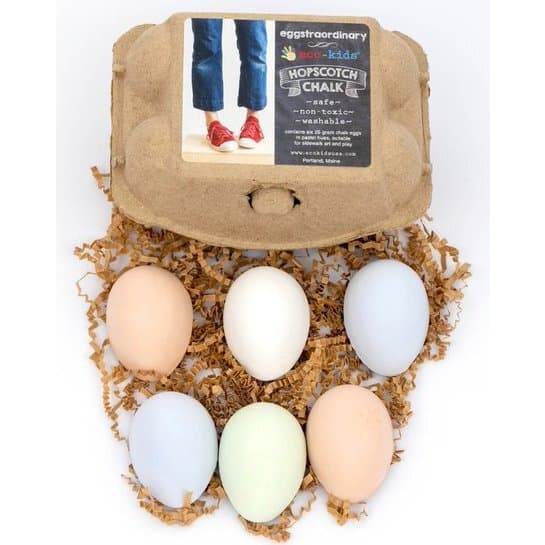
Made in: USA
Price: $15 (1-pack) – $30 (2-pack)
Eco-kids carries a variety of sustainable kids’ art supplies including sidewalk chalk!
This pastel egg-shaped sidewalk chalk is shaped for little hands and made in the USA according to American (ASTM) Toy Safety standards. They’re colored using tempura paint (which is synthetic but water-based) with mineral pigments. The packaging is printed with soy inks on FSC Certified Paper in a wind-powered factory, and it ships plastic-free.
Twee


Made in: Philadelphia, USA
Price: $6-$50
How adorable is this sidewalk chalk?! These chalk pieces are shaped like “dragon scales” and the pack comes with a golden, glittery “dragon egg” with a surprise color hidden underneath. It’s handmade and biodegradable.
They carry a wide variety of super cute chalks, from solar system sidewalk chalk to unicorn horns to macarons, and more. You can even get a custom-made box with the chalk spelled out in your child’s name!
The only problem is that Twee wouldn’t actually confirm whether or not all of the colors used in their chalks are free from artificial dyes (even though their veggie paints are free from artificial colors).
Bonus: Fresh Monster Temporary Kids Hair Chalk

Made in: USA
Price: $13
On a rainy day when you have to stay inside, kids will love this hair chalk, which comes in 12 bright and blendable colors. It’s free from everything from parabens and BPA to sulfates and gluten. It’s made in the USA, too.
Just be aware that it’s temporary, so don’t expect it to last very long.
How to DIY Non-Toxic Sidewalk Chalk
In addition to purchasing sidewalk chalk, you have the option to make it with your own two hands—something that’s ideal if you want to be 100% sure about the ingredients.
You can whip up this two-ingredient, non-toxic chalk recipe from Miniature Masterminds, or you can turn to this tutorial from The Pistachio Project that uses hot water, herbal powder, flour, and calcium carbonate.
If you want to mix things up, you can follow these steps from Amy Latta Creations to create sidewalk chalk paint, made up of simple ingredients such as corn starch, water, and food coloring.
Is Non-Toxic Chalk Good for Toddlers?
When it comes to non-toxic chalk for toddlers, the greater worry is that they’ll try to eat the pieces and choke. That’s why it’s best to supervise your little ones as they get artistic with chalk.
As mentioned previously, it’s possible for sidewalk chalk to be contaminated with lead, which is especially concerning for younger kids. So be sure to buy your chalk from a reputable brand. Don’t be afraid to reach out to a specific brand to ask if their products are tested for lead.
If your toddler decides to substitute lunch for chalk, call the local poison center.
Is Crayola Sidewalk Chalk Non-Toxic?
As Crayola states on their website, “All Crayola and Silly Putty products have been evaluated by an independent toxicologist and found to contain no known toxic substances in sufficient quantities to be harmful to the human body, even if ingested or inhaled.” It’s also the only sidewalk chalk brand certified by the Art & Creative Materials Institute (ACMI) which verifies art products are free from a list of potentially toxic substances. So you’re most likely safe with Crayola chalk.
You want to encourage your child’s creativity and there are few better ways than through sidewalk chalk art and murals. You also want to make sure they’re safe from as many harmful ingredients as you can protect them from. This summer, don’t let toxic chalk keep your kids from a summer of fun when there are non-toxic chalk brands available!
To get more non-toxic lifestyle guides, tips & tricks, environmental toxins news, and more delivered to your inbox once a week, sign up for Filtered Fridays!
If you’re looking for some more non-toxic guides to summer fun, you might want to check these out:
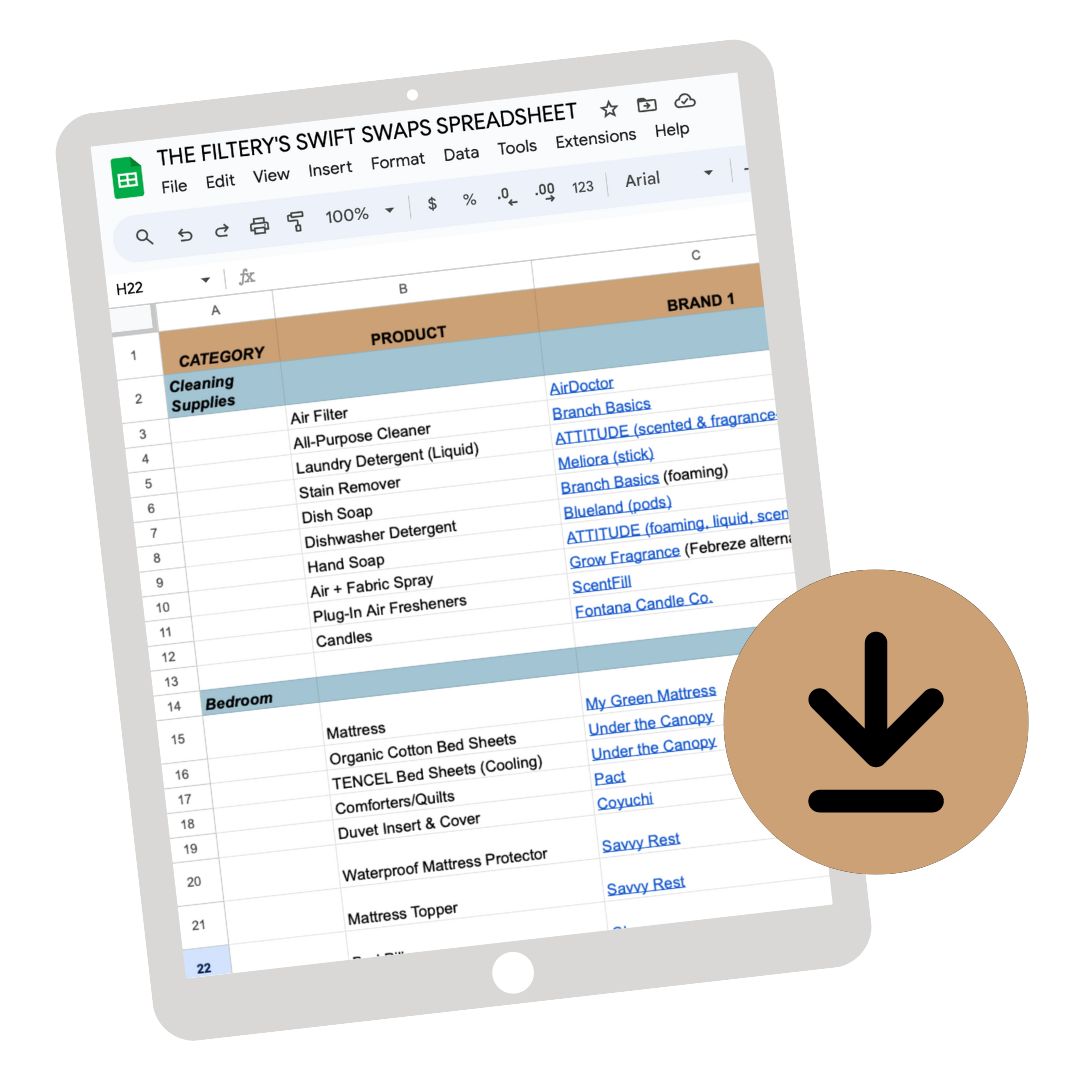
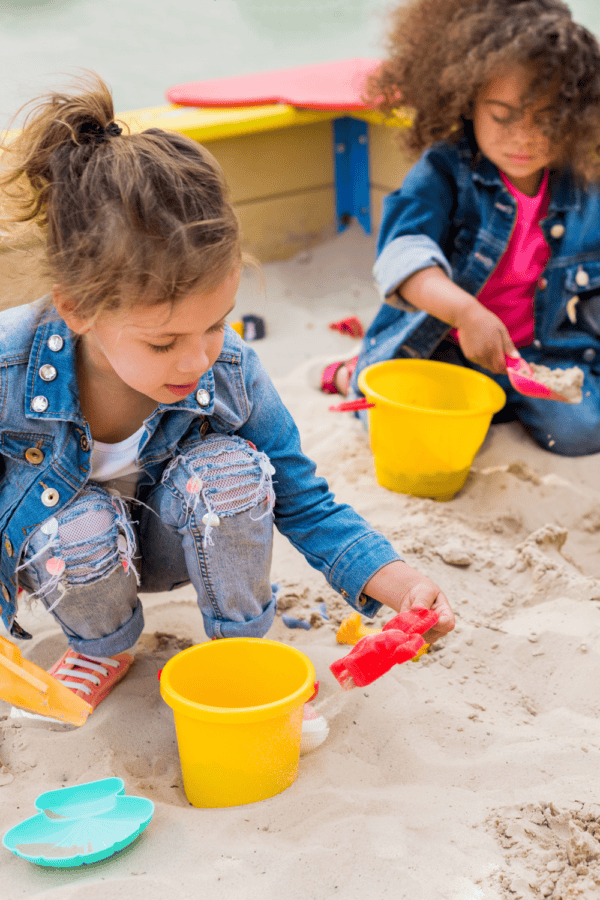
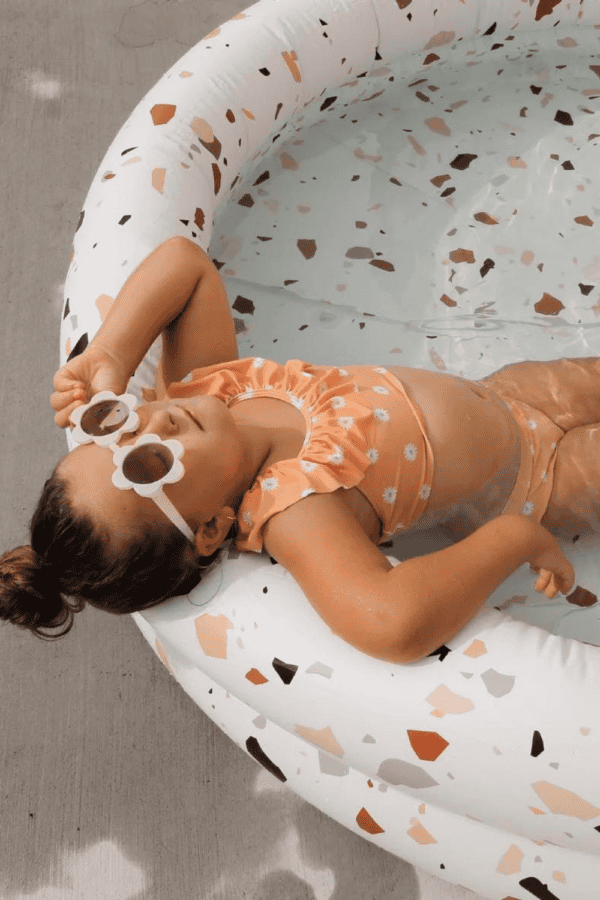
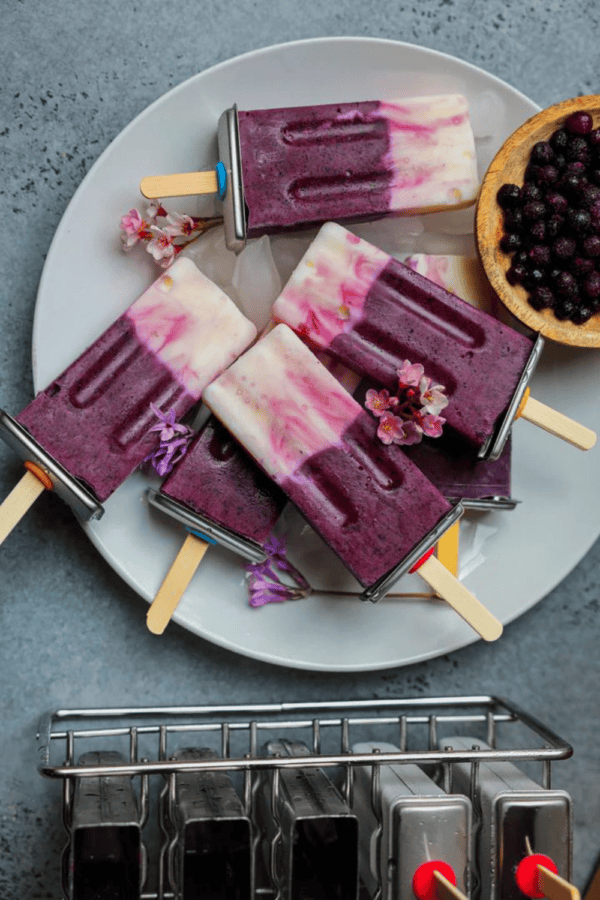
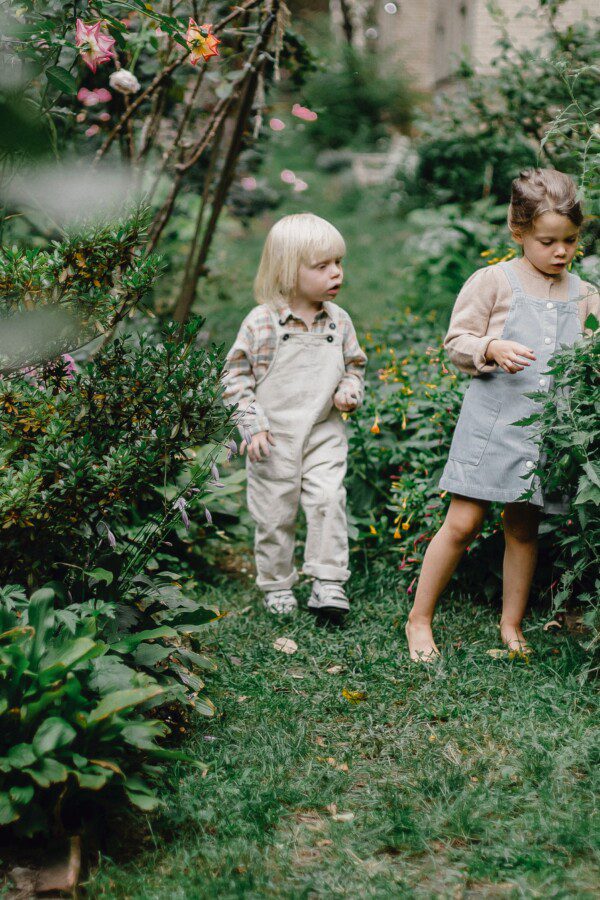
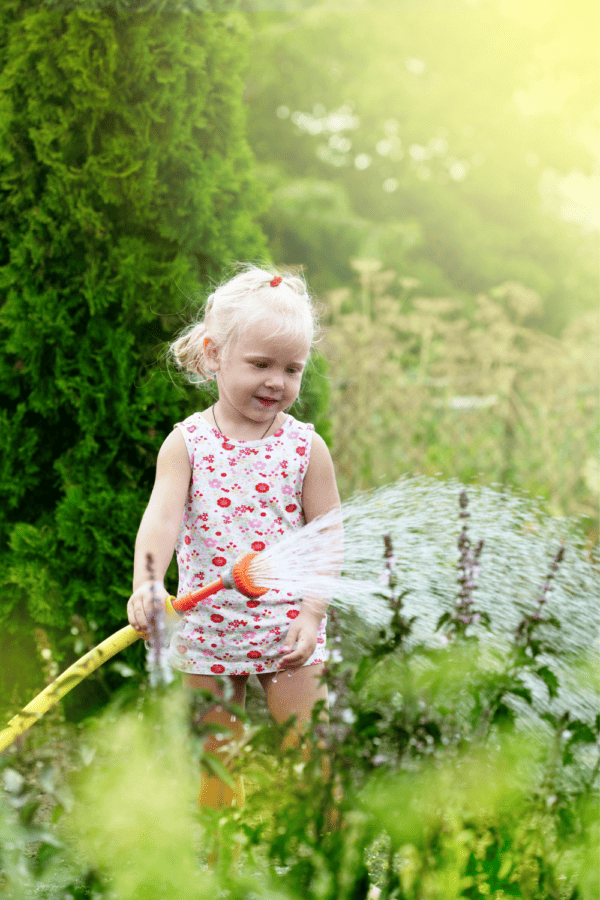
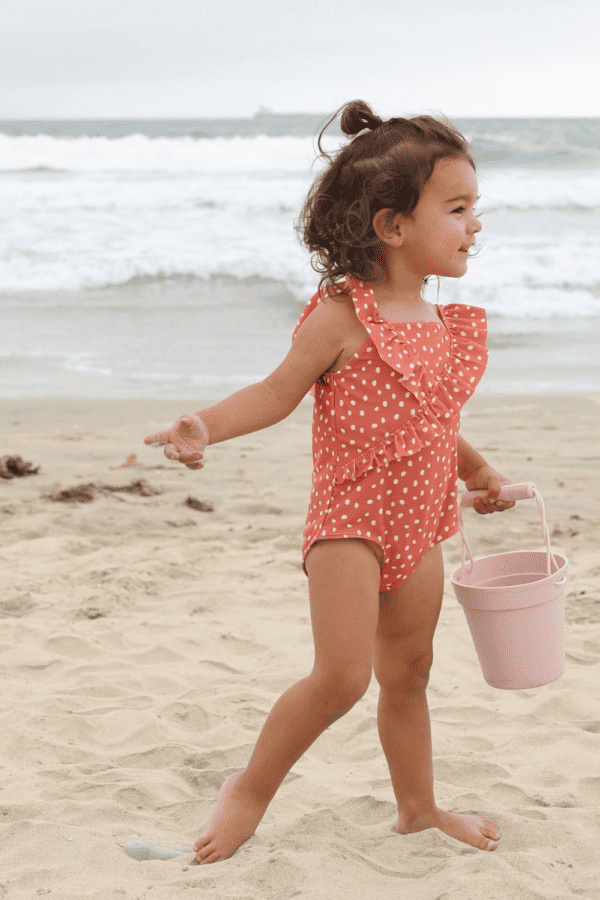
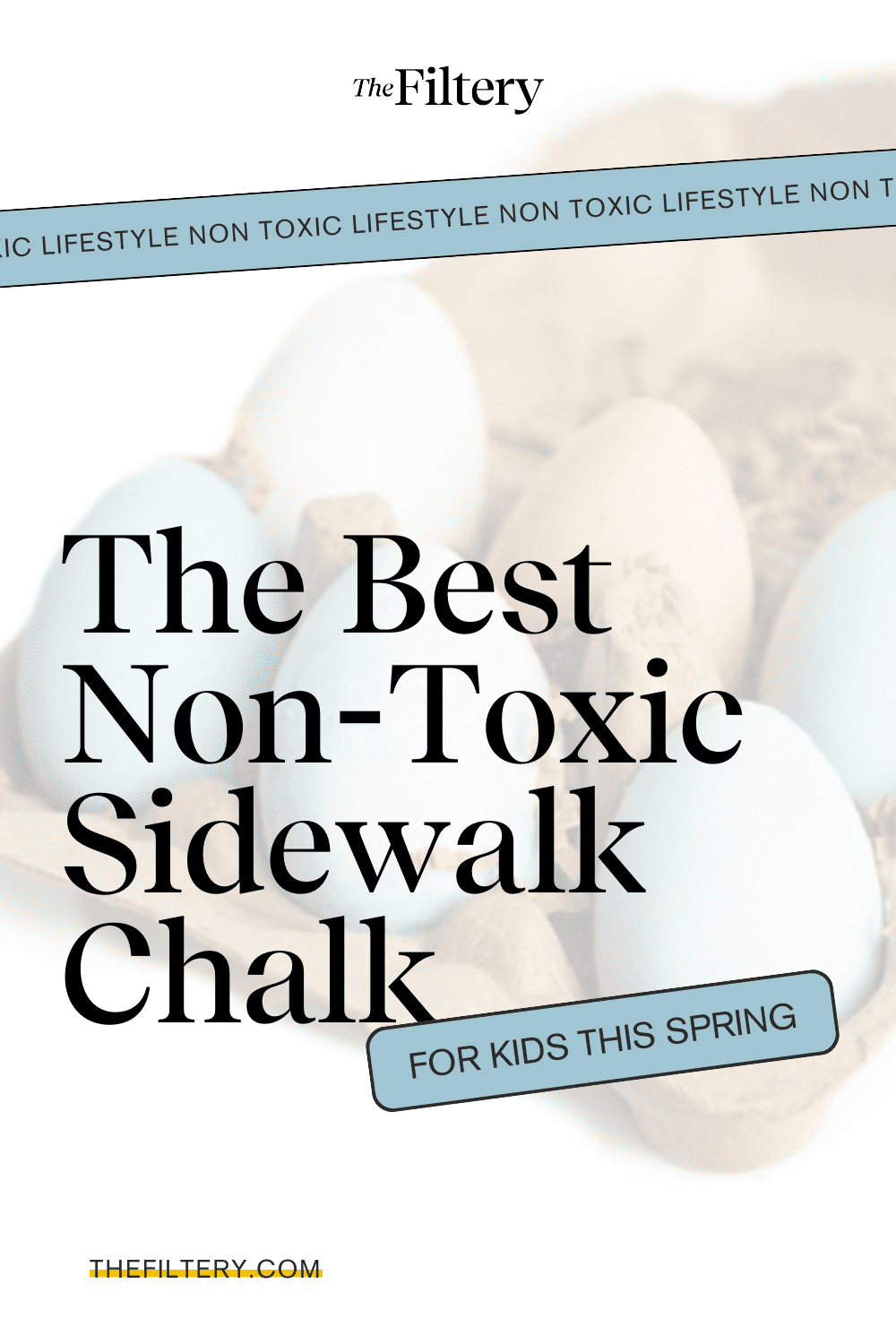
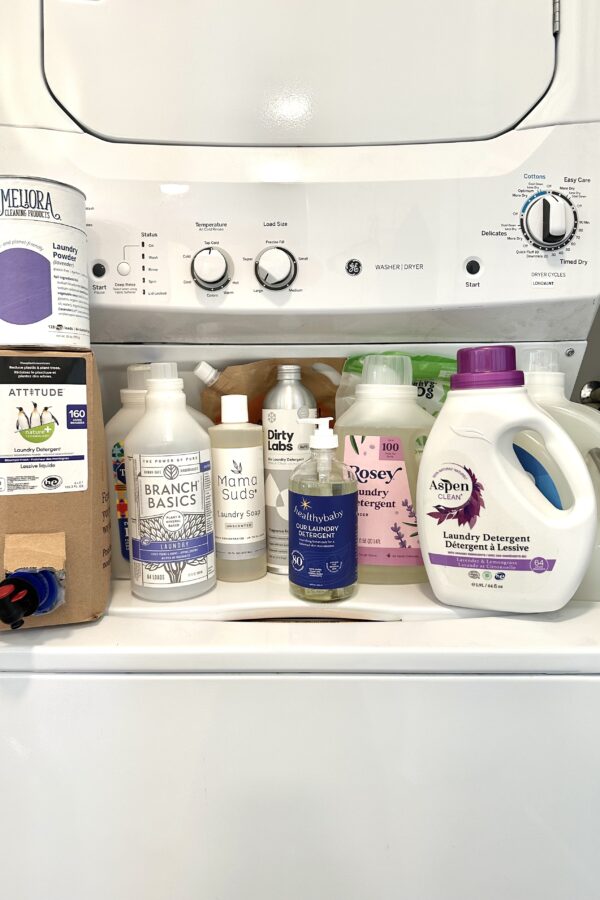
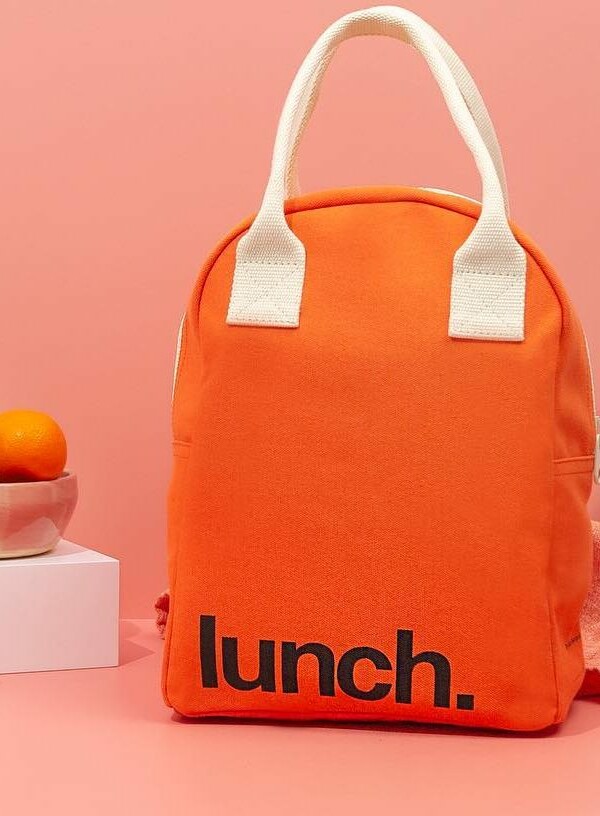
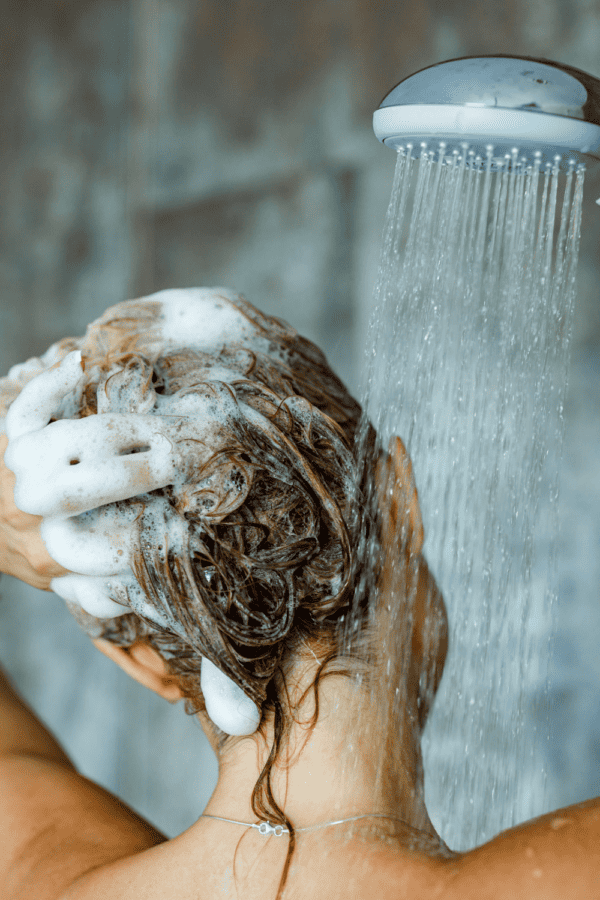
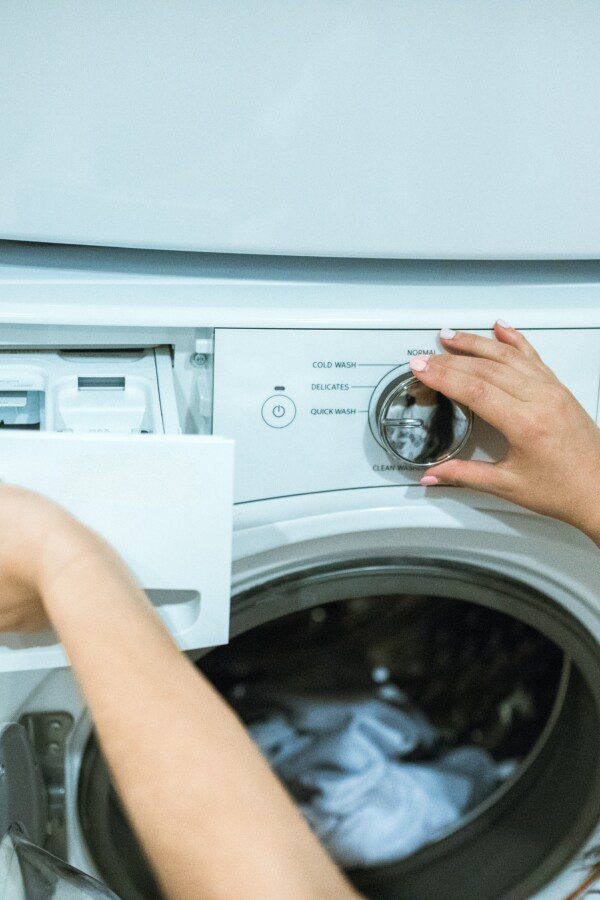
Nice